Right-wing politicians - claiming that they are fighting for great Poland - at the same time openly opposed the stretching of Poland's borders to the entire territory that once belonged to it. Why did they fight to keep a large part of Kresy outside Poland?
Immediately after the fall of the tsarist regime, on March 20, 1917, the new Russian government announced that it considered "the creation of an independent Polish state, made up of all lands mostly populated by the Polish nation, as a guarantee of lasting peace in a future renewed Europe."
At this stage of the First World War, the advantage of the Central Powers - that is, Germany and Austria-Hungary, occupying virtually all Polish territory - was so enormous that few people were concerned about the appeal born of desperation. Among the Polish political circles, however, it was clearly felt that a lot had changed overnight. At least formally.
With the fall of the Romanov dynasty, the official bond that formed the basis of Russian power over Poland also disappeared. The Congress of Vienna of 1815, organizing Europe after the Napoleonic Wars, decided that the Kingdom of Poland would be joined with the Russian Empire by a dynastic union - now only memories remain.
Even when the short-lived and probably doomed to failure in advance, the Russian experiment with democracy came to an end and the Bolsheviks took over the rule, the previous interpretation remained in force. The Council of People's Commissars issued a declaration in August 1918, according to which "all agreements and acts concluded by the government of the former Russian Empire with the rule of the Prussian kingdom and the Austro-Hungarian empire regarding the divisions of Poland are forever deleted by the present provision."
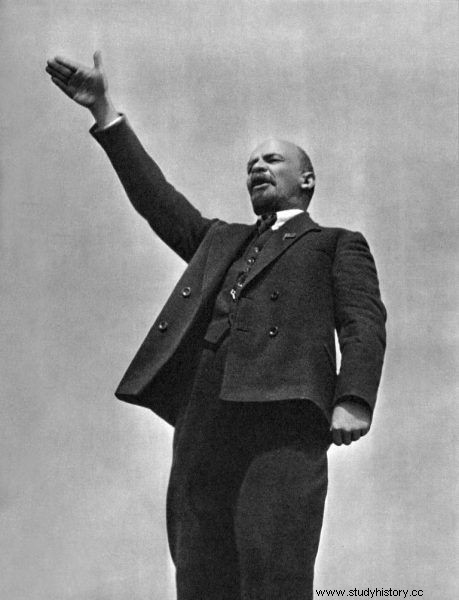
Even Vladimir Lenin officially declared that the partitions were illegal. Was it necessary then to completely abolish them and fight for the borders of 1772?
The document was signed by Vladimir Lenin himself. Maybe it was a purely political ploy, the decision of the Bolsheviks made a huge impression on the Poles. The Commonwealth was just reviving after over a hundred years of partitions, and in the face of Russian declarations, the vision was openly discussed, according to which it was necessary not only to create a state from strictly Polish lands, but to make full "deanexation" and restore the state to its full borders, before the first partition in 1772 . This meant the restoration not even of Poland, but of the enormous Commonwealth, encompassing areas inhabited by Ukrainians, Lithuanians, Belarusians and Russians.
This goal was never put into practice, even despite the decisive victory in the Polish-Bolshevik war. The reasons why this so-called "patriotic maximalism" turned out to be an illusion can be multiplied. It was determined by political and financial conditions, the exhaustion of the army and the entire country, the resistance of the Western powers, led by Great Britain, whose prime minister compared the transfer of valuable territories to Poland to "giving a watch to a monkey".
Of particular importance, however, was the opposition not even of the Allies, but of ... politicians from the Polish right. Why did the members of the National Democratic Party, allegedly fighting for Great Poland, do not want to do so in a territorial sense?
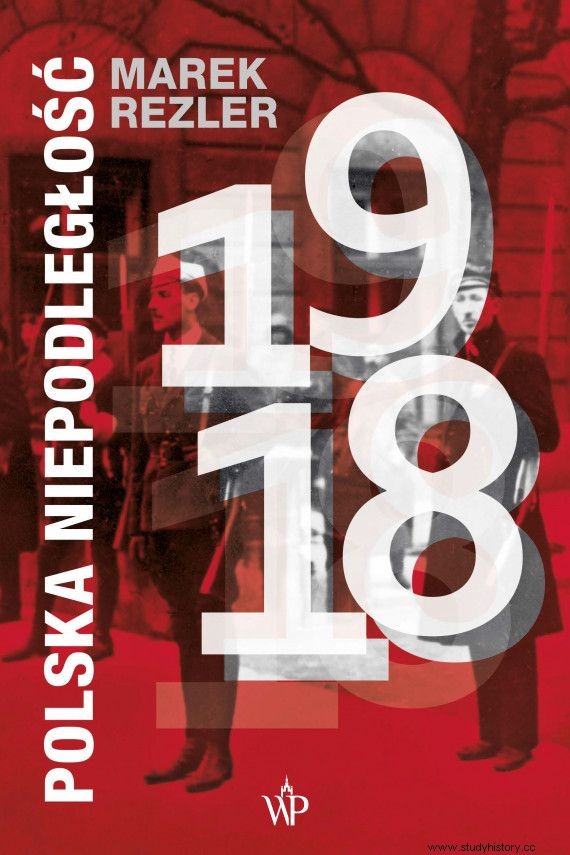
"Ethnically homogeneous area as possible"
Roman Dmowski, leader and ideologist of the National Democratic Party, already several years before the outbreak of World War I, claimed that he was ready to give up his claims against most of the former Kresy, because it was a poorly Polonized area and could become a source of rebellion and unrest.
"Poland should cover an area as ethnically homogeneous as possible, with assimilated national minorities" - characterizes Dmowski's program Marek Rezler, author of the new book "Polish independence 1918" . And he emphasizes:"it is significant that the burden of territorial interest of the National Democratic Party has been shifted significantly to the west." The right-wingers will stick to this vision to the end, even if the details of individual activists differ and argue.
The position of the formation turned out to be crucial, because it was Roman Dmowski who became one of the two main delegates of the Commonwealth to the peace conference in Paris in 1919, and it was he who presented Polish expectations in territorial matters to the Allies. Then another leader of the National Democratic Party and the chairman of the foreign affairs committee in the Polish parliament, Stanisław Grabski, took part in the negotiations in Riga with Soviet Russia, pushing through the same projects, far from maximalism.
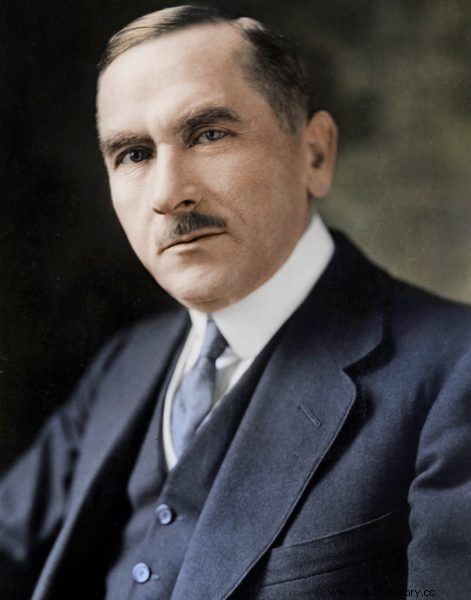
Roman Dmowski in portrait photography
What was the endom's really all about?
The real motivations of the NGOs are not revealed by their official declarations, but by their personal notes, in which they often resorted to confessions that were surprising with their honesty. A particularly valuable diary was left by the aforementioned Stanisław Grabski. Before the Versailles conference, he was the one who developed an ethnographic map that was to form the basis of Polish territorial demands.
The general criterion that he adopted when drawing the border plan seems clear and in line with the general ideas of the National Democratic Party. "I drew our eastern border, including to Poland a territory with a Roman Catholic majority and at the same time by more than 50% of Polish members of poviat self-governments" - he explained. For him, it was of particular importance that the counties "dominated by the Orthodox Church population" were cut out of the territory of Poland, so as to maintain the religious uniformity of the country.
Stanisław Grabski stuck to the indicated assumptions on the northern section of the border, but then he unexpectedly changed his own guidelines, and that… because of purely personal opinions. "I was not really attracted to the Polesie marshes," he said directly. And he admitted that it was against this background that there was a conflict with other leaders of the National Democratic Party.
Dmowski, unfortunately ignorant of agriculture at all, considered it an excellent colonization area in view of the extremely sparse population, and most members of the National Committee believed it. But me, coming from the marshes along the riverside, the so-called Łęczyckich, I knew very well that even the best drained peat bogs become, at best, not bad pastures and meadows, and the cultivation of cereals on them will always give very poor yields.
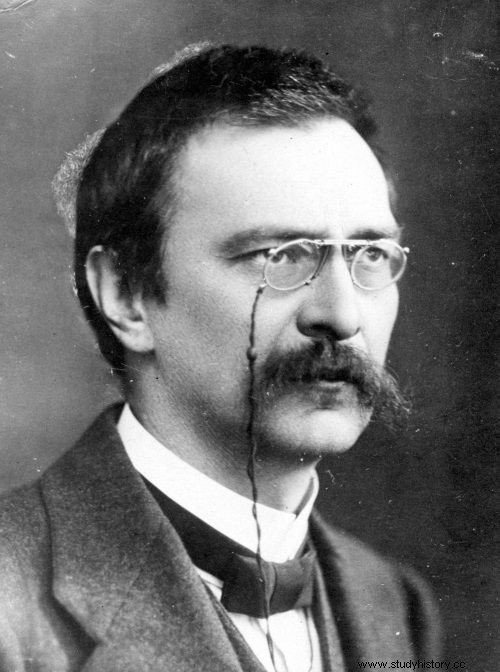
Stanisław Grabski in portrait photography from the beginning of the 1920s.
So one of the most important people on the right wanted to get rid of the entire province because he did not believe that the wheat would grow properly there. Not only that, he was the first to give up all areas where the advantage of not even the Orthodox, but especially the Jews was too great - I devoted a separate article to this issue, widely commented on by him.
Too little "influence of Polish civilization"
Grabski's radical views, largely shared by the rest of the National Democrats, translated into the effect of negotiations with Soviet Russia. The right-wingers assumed that even those territories where Poles were numerous but less than 50% of the entire population should not be fought. All this so that in the entire population of the country the share of the Polish population does not fall below the conventional limit of 65%.
This decision led to demands with enormous consequences. During the meetings with the Bolsheviks in Riga, representatives of the Polish authorities even resigned from applying for the Minsk land:that is, for an area where (to quote Grabski's words) "there were great influences of Polish civilization". Poles controlled the local self-government, clearly dominated in the upper strata of society. Nevertheless, the fight for these lands was abandoned and it was agreed that their inhabitants should remain under the heel of the murderous, red regime. All because not to create - as Józef Piłsudski wanted - any buffer states in the east, and at the same time not to allow the development of national separatisms on the sensitive borderland.
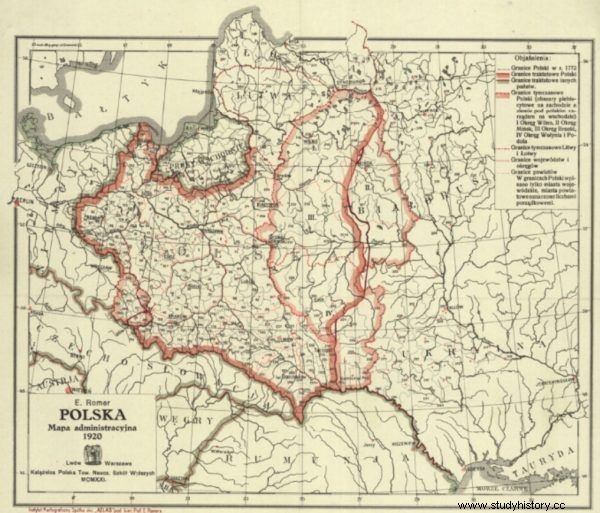
The administrative map of Poland from 1920 made by E. Romer. In the east, visible territories that did not eventually become part of the Second Polish Republic.
"By establishing the eastern border several dozen kilometers more east of Minsk, we would create a state of no more than 60% of the Polish population," Stanisław Grabski defended himself after the fact. To all those Polish landowners who lost their property, who were driven from their homeland or forced to live under the boot of the Bolsheviks, this formalist argument did not convince at all. Many came to Warsaw to protest and raise complaints. However, it was too late for any changes.
The line adopted by the National Democratic Party prevailed, and to a large extent it was this formation that depended on the final course of the eastern border of Poland. But were Stanisław Grabski and Roman Dmowski right? Historians' opinions are divided. Marek Rezler, author of the recently published book "Polish Independence 1918" is firmly in favor of the National Democratic Party on this particular issue.
"In retrospect, it must be said that the National Democratic integration concept, assuming the area of the state as ethnically homogeneous, was the most realistic," he said, noting, however, that the effect of the struggle over the course of the borders did not result in a full victory for any of the parties to the dispute:"The clash of the endecja with the romanticism of Piłsudski resulted in an interesting country, though plagued by decisive contradictions ”. On this particular point, it's hard to disagree with him.
